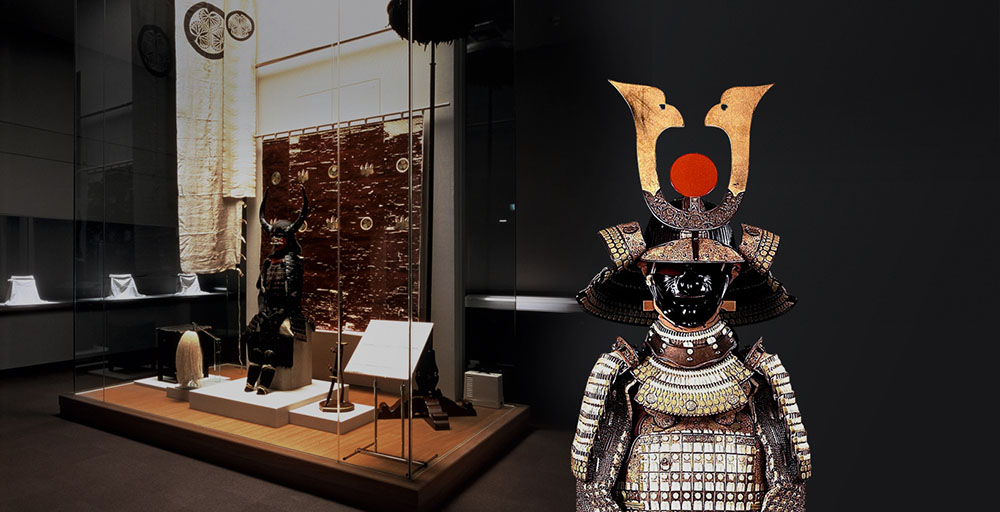Introduction
The Tokugawa Art Museum (徳川美術館, Tokugawa Bijutsukan) is located on the former grounds of the Owari Tokugawa family’s residence, making it one of the most important private art museums in Japan. It houses the invaluable treasures amassed by generations of the Tokugawa clan, from exquisite samurai armor and swords to refined tea ceremony implements, offering a comprehensive glimpse into the cultural legacy of Japan’s most illustrious feudal dynasty.
Core Highlights
- Houses national treasures of samurai armor and swords
- Exhibits precious tea ceremony wares and Noh masks
- Preserves a vast collection of historic poetry, scrolls, and maps
- Adjacent to the beautiful Tokugawa-en Japanese landscape garden
- Provides a complete representation of Edo period aristocratic culture
Historical Background
The Tokugawa Art Museum’s history dates back to the Edo period (1603-1868), when Nagoya served as the seat of power for the Owari Tokugawa clan. As one of the three major branches of the ruling Tokugawa shogunate, the Owari Tokugawa family was among the wealthiest of the 200 feudal domains in the country. The museum is located on the grounds of their former residence, dedicated to preserving and exhibiting the clan’s prized cultural collection.
Key Exhibit Areas
Armor and Weaponry
This gallery showcases the generations of samurai armor and renowned swords owned by the Owari Tokugawa clan. Each artifact demonstrates the exquisite craftsmanship and refined aesthetics of the warrior class. The exhibit also recreates the preparatory scenes of samurai, providing visitors with an immersive understanding of Japan’s martial traditions.
Tea Ceremony Culture
The museum houses a vast collection of precious tea ceremony implements, including tea bowls, whisks, and other utensils. These items not only serve practical purposes, but also embody the “wabi-sabi” aesthetic philosophy central to the Japanese tea ceremony. The area features a faithful recreation of a traditional tea room, allowing visitors to experience the solemn ambiance of this revered cultural practice.
Noh Theater Treasures
This section displays a variety of Noh masks and opulent performance costumes. These cultural artifacts preserve the essence of Japan’s traditional theater arts, offering a glimpse into the artistic pursuits of the Edo period aristocracy.
Best Times to Visit
- Spring (mid-to-late April): Appreciate the blooming peonies in Tokugawa-en garden
- Early Summer (late May to early June): Witness the vibrant irises in Tokugawa-en
- Autumn (November): Enjoy the stunning fall foliage throughout the grounds
- Avoid visiting during Japan’s Golden Week and New Year holidays, as these are peak tourist seasons
Getting There and Around
- From Nagoya Station:
- Take the JR Chuo Line to Ozone Station (approx. 12 minutes, 210 yen)
- Walk 10 minutes from the station to reach the museum
- Tourist Loop Bus:
- From Nagoya Station: around 35 minutes
- From Nagoya Castle: around 15 minutes
- Single fare: 210 yen, Day pass: 500 yen
Hours and Admission
Tokugawa Art Museum
- Hours: 10:00-17:00 (last entry at 16:30)
- Closed: Mondays (or following day if Monday is a national holiday), New Year holidays
- Admission: 1600 yen (museum only), 1750 yen (museum and garden)
Tokugawa-en Garden
- Hours: 9:30-17:30 (last entry at 17:00)
- Closed: Mondays (or following day if Monday is a national holiday), Dec 29 – Jan 1
- Admission: 300 yen (garden only), 1750 yen (museum and garden)
Visitor Tips
- Allow at least 2-3 hours to fully explore the museum
- Opt for the combined ticket to visit both the museum and garden
- Photography is prohibited inside the museum, please respect the rules
- Wear comfortable walking shoes as the garden requires extensive exploration
- Check the official website for information on special exhibitions
Official Websites
Conclusion
The Tokugawa Art Museum is an exceptional destination to immerse yourself in the history and culture of Japan’s Edo period. Not only does it showcase awe-inspiring artistic treasures, but it also allows visitors to deeply experience the essence of traditional Japanese culture. Whether you are fascinated by Japanese history or eager to appreciate traditional arts, the Tokugawa Art Museum is a must-visit attraction.
